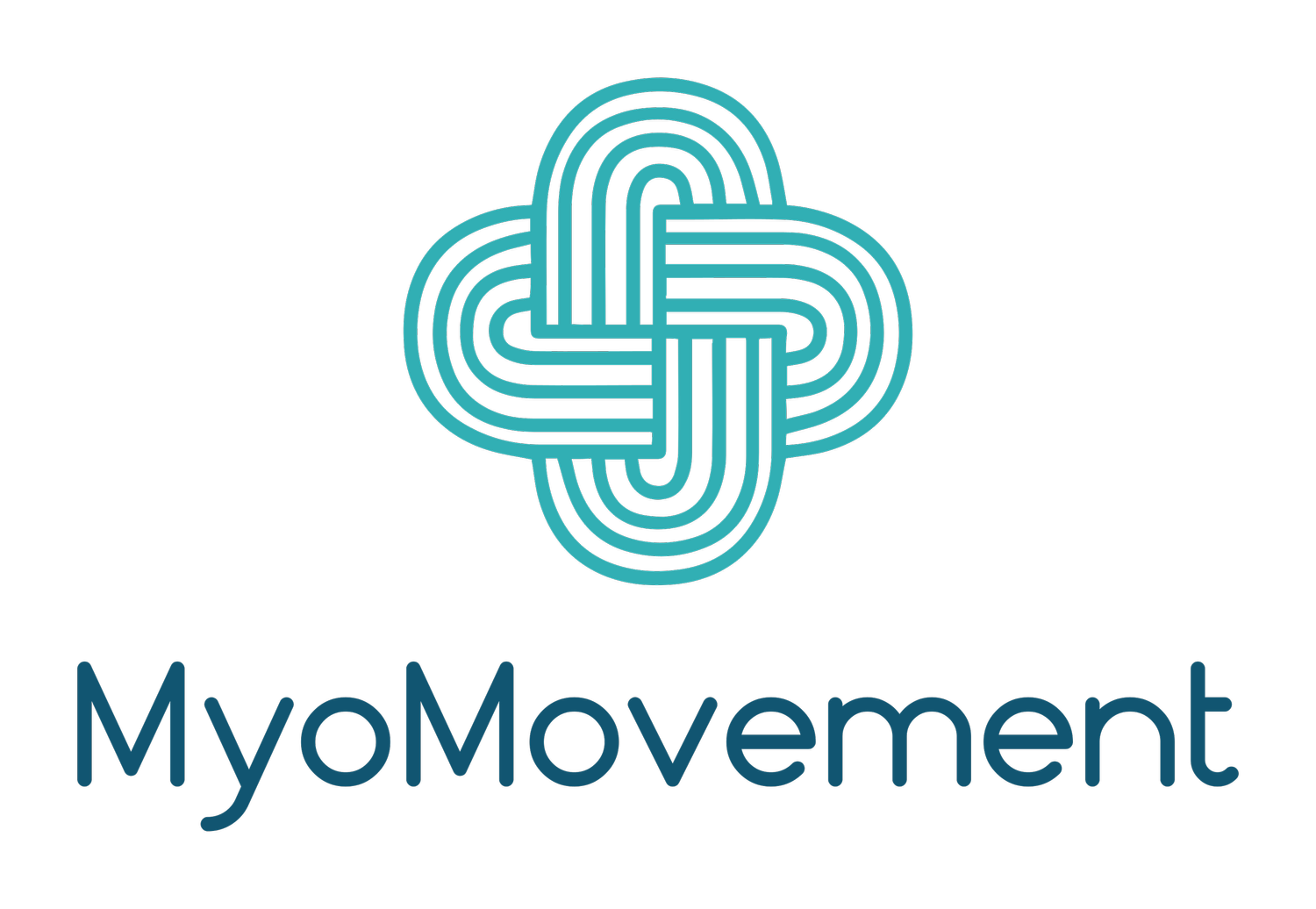Rising Above: Myofunctional Therapy for Deep Bite Correction
A deep bite, also known as an overbite, occurs when the upper front teeth excessively overlap the lower front teeth. This dental misalignment can lead to aesthetic concerns, functional challenges, and even issues like temporomandibular joint (TMJ) disorders. While traditional orthodontic approaches are common for deep bite correction, myofunctional therapy offers a holistic and targeted strategy to address underlying muscle-related issues. In this blog post, we'll explore the connection between deep bites and myofunctional therapy, shedding light on how this specialized therapy can play a crucial role in achieving effective and lasting corrections. We typical recommend a multi-disciplinary approach when dealing with these issues.
Understanding Deep Bites (Overbites): A deep bite is characterized by an excessive vertical overlap of the upper front teeth over the lower front teeth when the jaws are closed. This misalignment can be caused by various factors, including genetics, thumb-sucking, or tongue thrusting. Myofunctional therapy provides a comprehensive approach to addressing the muscle-related aspects of deep bites.
The Role of Myofunctional Therapy: Myofunctional therapy focuses on retraining the muscles in the oral and facial area to achieve optimal function. For deep bite correction, the therapy addresses issues such as tongue posture, swallowing patterns, and oral habits that may contribute to the overbite. By targeting these muscle-related factors, myofunctional therapy works alongside orthodontic treatments to achieve a balanced and harmonious bite.
Tongue Posture and Overbite Correction: Correct tongue posture is essential for proper jaw development and alignment. Myofunctional therapy includes exercises to promote a balanced tongue posture, preventing habits like thrusting or resting the tongue against the lower front teeth, which can contribute to or exacerbate deep bites.
Swallowing Patterns and Their Impact: Abnormal swallowing patterns, such as tongue thrusting during the swallow, can contribute to the development or persistence of deep bites. Myofunctional therapy addresses these patterns, helping individuals establish a more functional and coordinated swallow that supports overbite correction.
Orthodontic Collaboration: Myofunctional therapy is often integrated into a collaborative treatment plan with orthodontists. This partnership ensures that both the dental misalignment and the underlying muscle-related issues are addressed comprehensively. Working together, myofunctional therapists and orthodontists can achieve more effective and lasting results.
Preventing Relapse: One of the unique benefits of myofunctional therapy is its role in preventing relapse. By addressing the muscle-related factors contributing to the deep bite, myofunctional therapy contributes to the stability of orthodontic outcomes, reducing the risk of the overbite returning after treatment.
Patient Empowerment and Compliance: Myofunctional therapy involves patient education and empowerment. Individuals undergoing myofunctional therapy learn exercises and habits that promote optimal oral function. This empowerment fosters a sense of responsibility for their oral health, contributing to the success and longevity of overbite correction.
Myofunctional therapy stands as a valuable and holistic approach in the journey to correct deep bites. By addressing the underlying muscle-related issues that contribute to the misalignment, myofunctional therapy complements orthodontic treatments, fostering a harmonious and balanced bite. Embrace the potential of myofunctional therapy on the path to achieving a healthier, more functional, and aesthetically pleasing smile.

